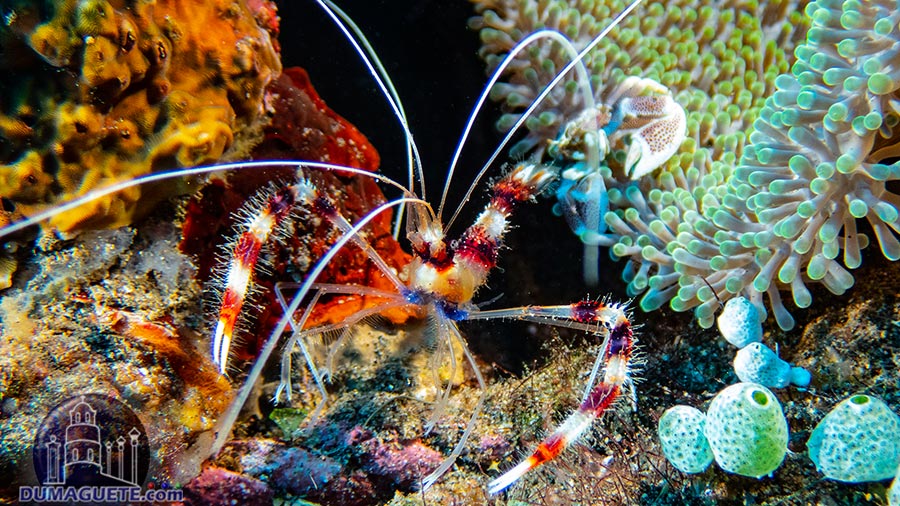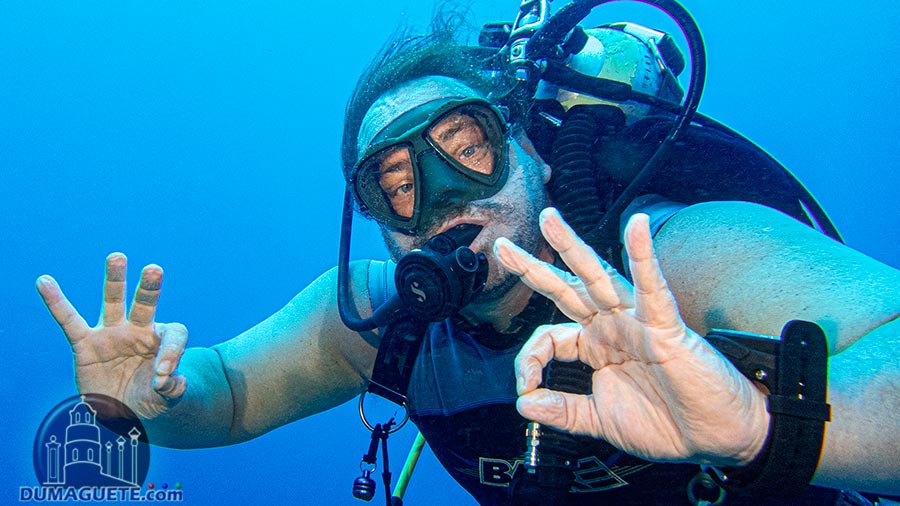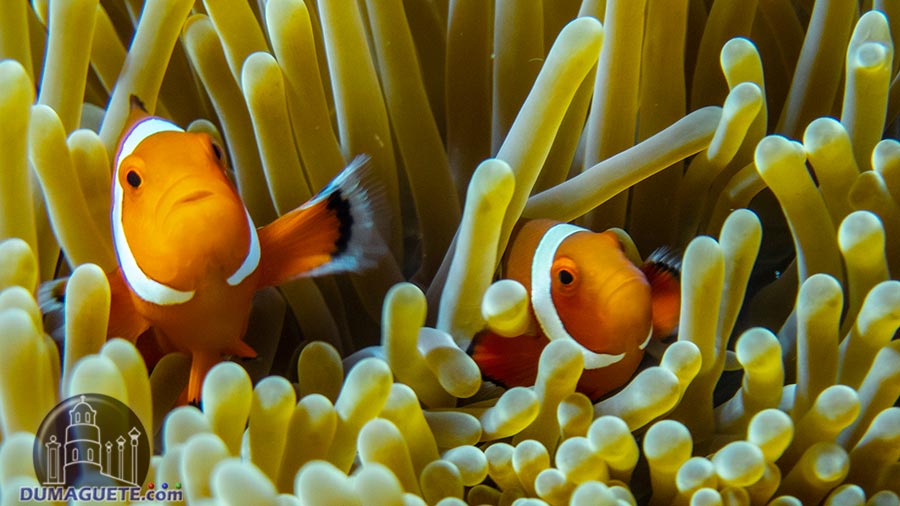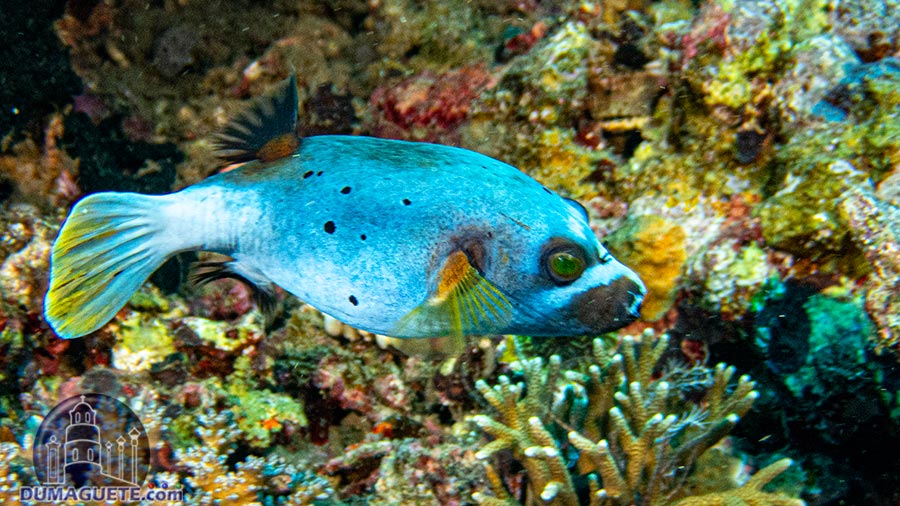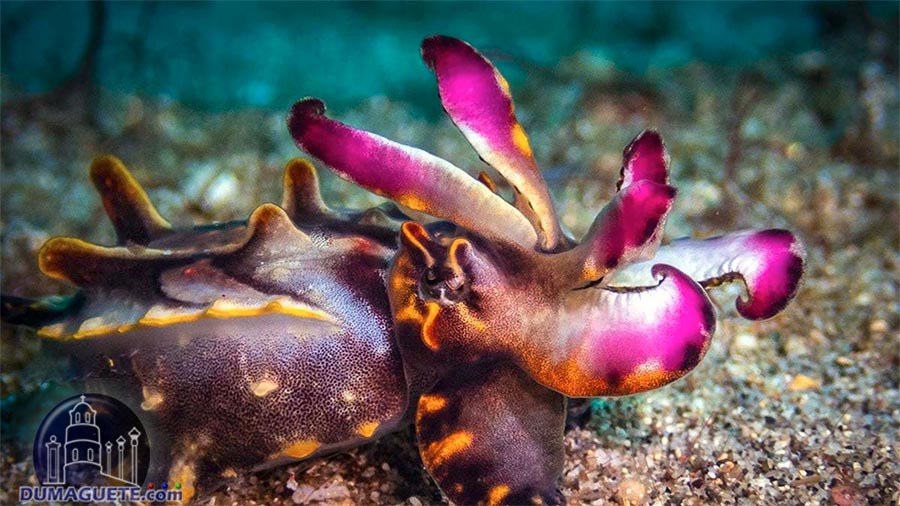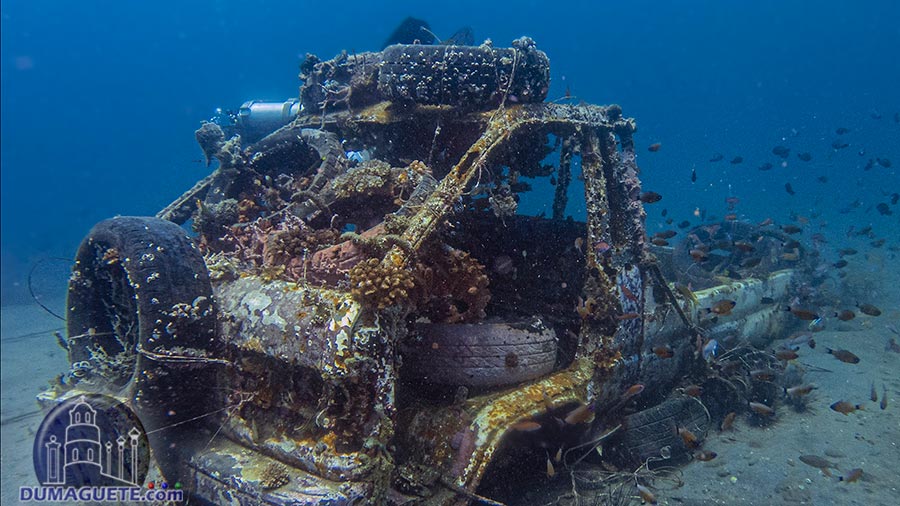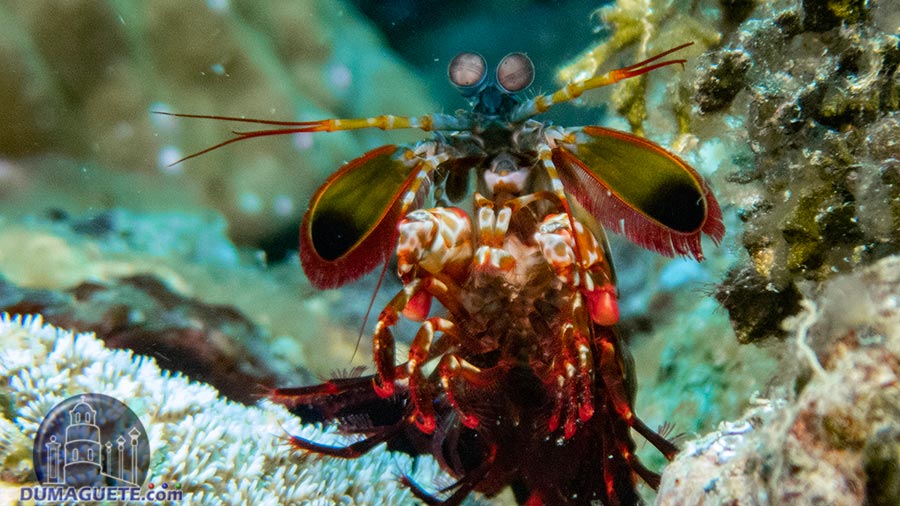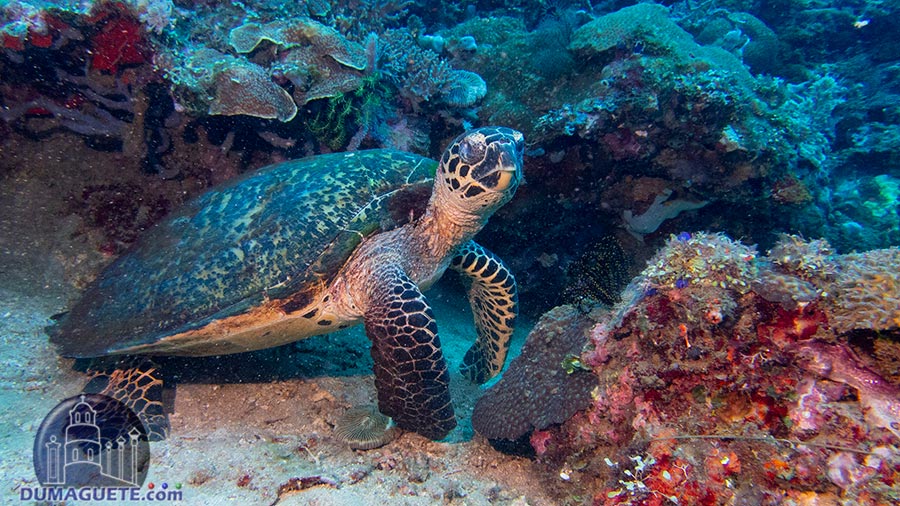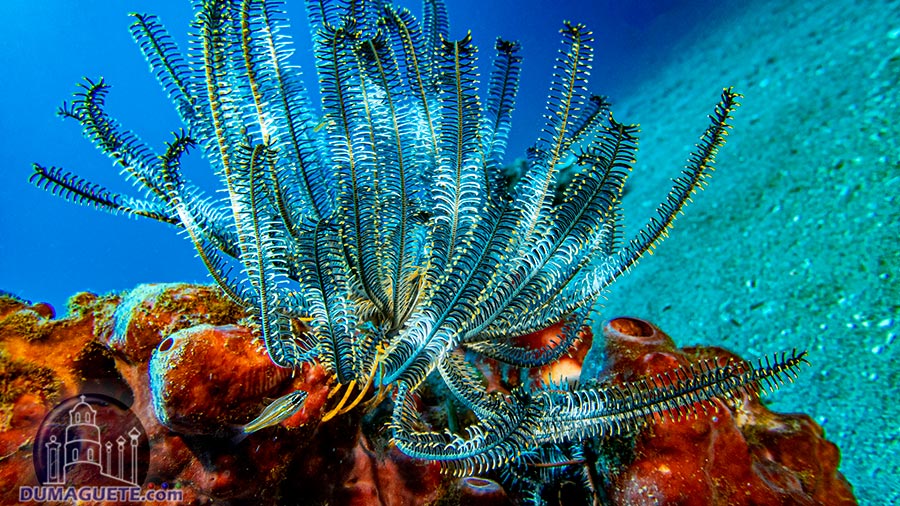ZAMBOANGUITA is located just south of Dauin, and 20 km south of Dumaguete City (Capital of Negros Oriental). When if comes to Scuba Diving in the Philippines, Apo Island goes on the top list. There is no wonder why. It is home to more than 650 documented species of fish and estimated to have over 400 species of corals. However, to get to Apo Island, one must first check in at a Beach Resort in Zamboanguita.
Why Try Scuba Diving in Zamboaguita?
Zamboaguita may be the “Gateway to Apo Island” or the “Door to Apo Island”, however, there are also some great stuff along the shore for both muck and reef divers. The diversity of the reefs both natural and artificial are ideal for almost all type of diving. Almost each resort along Zamboaguita has a house reef you can enjoy. There are shore and boat dives suitable for all levels of scuba divers. Plenty of the resorts will offer Scuba Diving in Dauin where there are plenty more dive sites to choose from.
Dive Sites in Zamboaguita
Basak North & Basak South
Max depth: 20 m
Marine Protected Area: Yes
Difficulty: Open Water and Advanced
Type: Macro – Muck Dive
One of the most popular dive sites in Zamboaguita is Basak. This dive site is usually done via a boat dive. Depending on the time of year there can be a slight current that will help you push through the reef. In the dive site of Basak, one can see different eels, anemonefish, nudibranch, pufferfish, batfish and so on and so forth!
Unity point
Max depth: 20 m
Marine Protected Area: No
Difficulty: Open Water and Advanced
Type: Muck Dive
Another proper muck dive with quite muddy bottom. Great stuff to find here are thorny sea horse, warty frogfish and hairy frogfish. This site is perfect for much diving lovers and is super easy and fun! It is best to watch your buoyancy for this site. A little disturbance, a wrong finning technique on the sand can create a sandstorm underwater creating bad visibility.
Well Beach House Reef
Difficulty: Open Water and Advanced
Type: Macro – Muck Dive
Located in front of the Wellbeach Dive Resort, the house reef is home to many aquatic life both big and small. In this dive site, one can see a variety of nudibranch, some turtles, eels, lionfish, crabs and shrimps. There are plenty of coral patches, artificial reef and sea grass in this dive site.
Watch a Night Dive Video at Wellbeach House Reef below:
Thalatta Dive Site
Max depth: 26 m
Marine Protected Area: Yes
Difficulty: Open Water and Advanced
Type: Macro – Muck Dive
Fronting one of the Dive Resorts in Zamboaguita, the Thalatta dive site offers great macro dives. The whole site is filled with coral patches here and there. Great stuff to see are flatworms, robust and ornate ghost pipefish, nudibranchs, warty, painted and hairy frogfish and many more! It also has a car wreck. This site is accessible both via shore and boat.
Lutoban Dive Site
Max depth: 25 m
Difficulty: Open Water and Advanced
Type: Macro – Muck Dive
The dive site is named after the barangay or village in which it is located; Lutoban. It is a site that is not popular to most tourists and locals. However, it is rich with patches of corals and underwater critters. Once can see a variety of nudibranch, some turtles, eels, lionfish, crabs, and peacock mantis shrimps.
Antulang North & Antulang South
Difficulty: Open Water and Advanced
Type: Macro – Muck Dive
Located in front of a resort, Antulang Beach Resort, these dive sites are some of the most beautiful coral patches in Zamboanguita. Both the Antulang North and the Antulang South have an abundant marine life. It is perfect for both Open Water and Advanced Open Water divers. A variety of fishes, turtles, crabs, shrimps, and nudibranchs can be spotted.
Siit Cliff Dive Site
Difficulty: Open Water and Advanced
Type: Macro – Muck Dive
Another “unpopular” dive site in Zamboanguita is the Siit Cliff. Located near Antulang Dive Site, this dive site is rich in aquatic life. With a good dive guide or good pair of eyes, you will see several nudibranchs in the area. With a really good pair of eyes and some luck, you will find blue-ringed octopus and ribbon eels too! A variety of shrimps, anemonefish, and corals can also be seen here.

